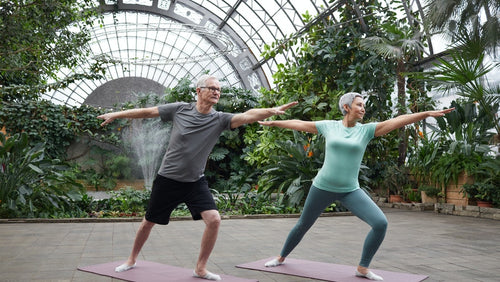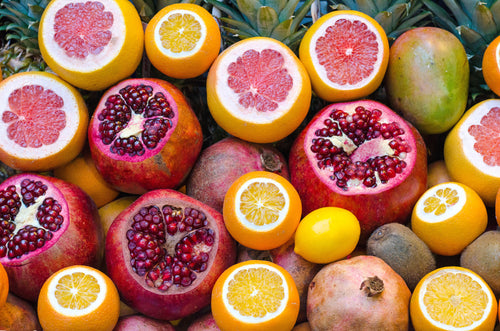Have you ever become so engrossed in a task or hobby that you lost track of time? This state is called "flow", an intuitive feeling of happiness that seems to just come over us.
The psychologist Mihály Csíkszentmihályi first described the flow state in 1975 and developed a psychological concept for it that has endured to this day and proves useful time and again, especially in our modern, busy lifestyles.
"The best moments in our lives are not the passive, [...] relaxing times.... The best moments usually occur when a person's body or mind is stretched to its limits to voluntarily achieve something difficult and worthwhile." - Mihály Csíkszentmihályi
What is the flow state?
Simply put, flow is a state of mind you reach when you become fully absorbed in a task and forget about the outside world. Adults often find it difficult to get into this state, unlike children. You may remember yourself being able to spend hours on a hobby, forgetting the world around you (and having your parents call you to the dinner table).
"Optimal [flow] experience requires a balance between the demands perceived in a given situation, on the one hand, and the skills and abilities brought to bear, on the other."
Quote from: P. 43, Csikszentmihalyi, M. (Ed.). (1995). The extraordinary experience in everyday life: the psychology of the flow experience. Klett-Cotta.
Other signs of a flow state are that you can concentrate completely on a task, forgetting the world around you (and any sense of time), feeling happy, in control, creative and productive.

"Artists, athletes [...] describe how they feel when they do something simply for its own sake, these descriptions usually coincide down to the smallest details. This indicates that [sic!] order in consciousness [sic!] brings with it a specific state of experience that is perceived as so desirable that [sic!] one tries to reach it again and again. We have named this state of experience 'flow'."
Quote from p. 43, Csikszentmihalyi, M. (Ed.). (1995). The extraordinary experience in everyday life: the psychology of the flow experience. Klett-Cotta.
Csíkszentmihályi has explained the characteristics of the flow state psychologically and scientifically.
Characteristics of the flow state
- Balance of demand and ability: The level of difficulty of the task corresponds to a person's ability and is just above the level of everyday life.
- Clear goals that define what needs to be achieved
- Immediate feedback on the success of the activity
- Exceptional focus: Leads to harmony within yourself, which is why you devote full concentration to and basically merge with the task or activity.
- Control: The feeling that you are in control of the outcome of the activity or can influence it.
- Distorted sense of time: Hours seem to fly by like minutes.
- Loss of self awareness: The self is active but does not push itself to the forefront, which is why you can be so dedicated to the task. This is often referred to as a form of self-transcendence
- Intrinsic reward: One experiences a feeling of happiness when one has completed the task
Translated quote from: P. 47, Csikszentmihalyi, M. (Ed.). (1995). The extraordinary experience in everyday life: the psychology of the flow experience. Klett-Cotta.
Flow best arises in those activities of which you can determine and influence the degree of difficulty yourself. After all, the exact balance of challenge and mastery must be achieved. Sports, artistic activities or rituals are perfect examples where people reach a flow state.
And no, scrolling through your Instagram feed for 2 hours while seemingly forgetting about time does not count as a flow experience, as you are neither challenged nor achieve anything during this time, but are merely passively stimulated and entertained.

8 tips for achieving the flow state
1. Stay realistic
Set a realistic and achievable goal for each of your tasks.
2. Remove distractions
For example, activate the "do not disturb" mode on your phone or do a complete digital detox.
3. Create a quiet workspace
This workspace will be where you can work without distractions and isolate yourself in terms of both time and space.
4. The right playlist
If you don't want to work in silence, we recommend either classical music or lo-fi sounds.
5. Plan in breaks
For example using the Pomodoro technique: work for 25 minutes - take a 5-minute break (repeat 4 times), then take a 15-20-minute break and repeat. We recommend setting a timer for this.
6. Avoid multitasking
Only start a new task when you have finished another one (see point 1).
7. The perfect task "sandwich"
Start with a task that really captivates you and that you feel like doing. After you finish it, move on to a slightly less enjoyable task.
8. Brainfoods
To be able to concentrate on the task at hand, your stomach should not be grumbling. With the right nutrition, you can even give your productivity an extra boost! Learn more about brainfoods here.





